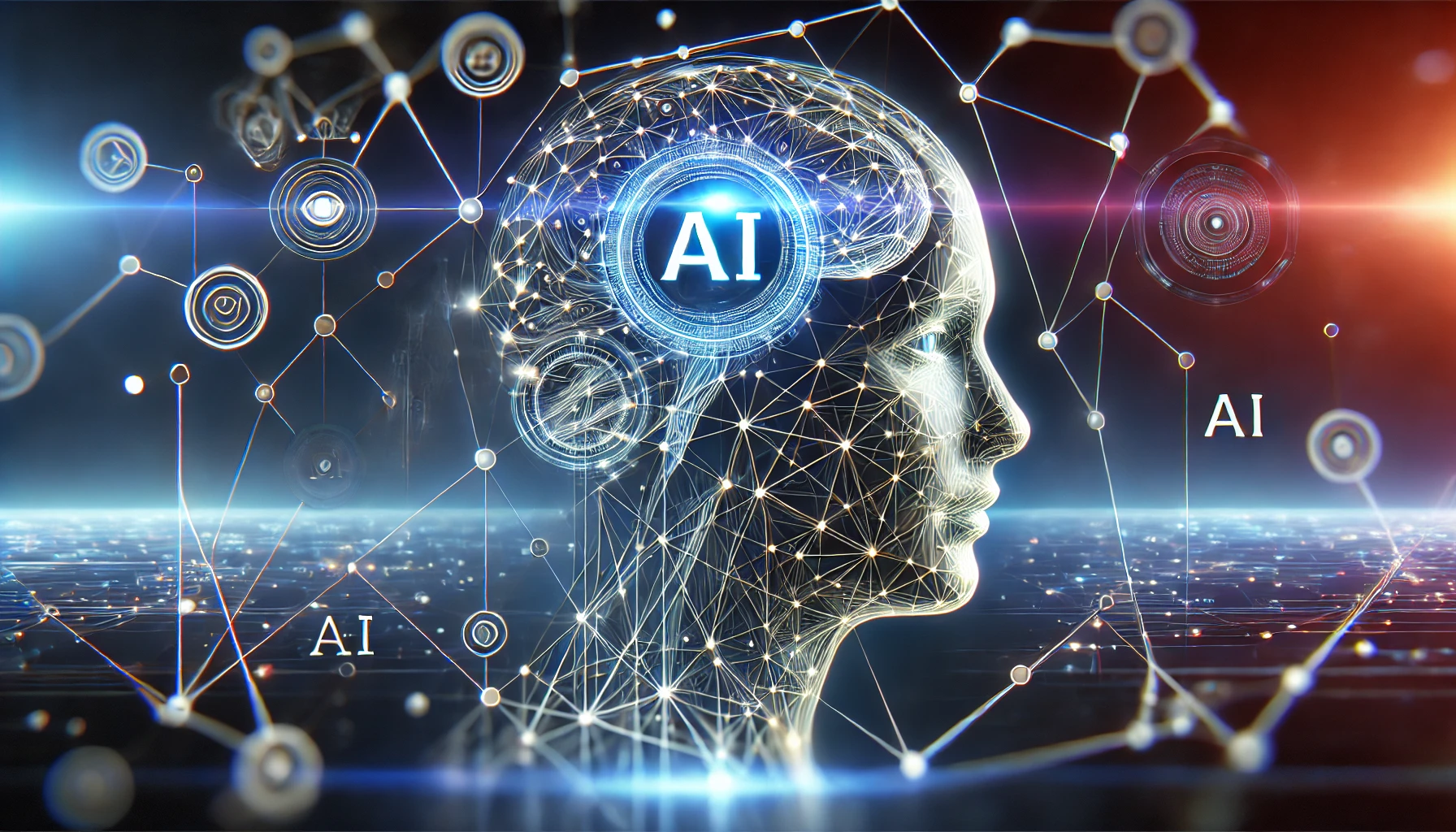Artificial intelligence has become an integral part of almost every industry, from healthcare to finance and beyond.
But if you’ve explored AI, you know it can be complex, and the challenges can feel overwhelming.
Struggling to understand AI algorithms or facing performance bottlenecks due to hardware limitations?
What if we told you there are faster, more efficient ways to overcome these challenges?
In this blog, we’ll explore how to resolve common AI challenges quickly and effectively. From upgrading your hardware to learning better AI practices, you’ll walk away with practical solutions to get you back on track.
So, are you ready to tackle your AI challenges head-on?
Let’s begin!
Overcome Data Challenges by Preprocessing and Augmenting Your Data
The quality of the data directly impacts the success of your AI model.
So, how do you improve the quality of your data when you don’t have access to a large dataset or when the data you have is noisy?
- Data Augmentation: If you’re working with images or audio, data augmentation techniques like rotation, flipping, or adding noise can expand the size of your dataset without collecting new data.
Do you know?
The global augmented analytics market, valued at USD 11.66 billion in 2024, is expected to reach USD 91.46 billion by 2032, growing at a CAGR of 29.4% during the forecast period.
- Data Preprocessing: Clean your data by handling missing values, normalising numerical features, and encoding categorical features. Tools like Pandas (Python library) and NumPy can make this easier.
- Synthetic Data Generation: If you’re working in specialised fields, like medical imaging or autonomous driving, generating synthetic data through tools like GANs (Generative Adversarial Networks) can be a valuable approach when real-world data is scarce.
The Role of Hardware:
Working with large datasets and running complex data manipulation tasks can be a drag on your current system, especially if you’re using an older laptop or desktop.
To solve this, investing in a smart AI laptop can provide the horsepower needed to manage these large datasets and perform data preprocessing faster.
Boost Computational Power with High-Performance Hardware
AI and machine learning tasks are computationally intensive. Whether you’re building a deep neural network or training a complex model, your computer needs to have adequate processing power.
- Upgrade to a High-Performance Machine: For better performance, opt for a laptop or desktop designed for AI tasks. A smart AI laptop with high-end GPUs, 32GB+ RAM, and fast CPUs can significantly boost training times and overall performance.
- Cloud Computing: If buying an AI laptop isn’t an option, consider cloud platforms like AWS, Google Cloud, or Azure. They offer powerful, on-demand AI instances for intensive computations.
Do you know?
The global cloud computing market size was valued at USD 602.31 billion in 2023 and is projected to expand at a CAGR of 21.2% from 2024 to 2030.
- Leverage Parallel Computing: For large models, use parallel or distributed computing (e.g., GPUs or multiple nodes) to speed up processing. Tools like TensorFlow and PyTorch enable parallel processing, reducing model training time.
Simplify Complex Algorithms with Libraries and Frameworks
The mathematics behind AI algorithms can be complex and hard to grasp, especially for beginners. Rather than reinventing the wheel, leverage existing AI frameworks and libraries that abstract much of the complexity.
- Use High-Level Libraries: Libraries like Keras, which runs on top of TensorFlow, simplify the creation and training of deep learning models. This means you don’t need to build neural networks from scratch.
- Pre-Trained Models: Save time by using pre-trained models like BERT, GPT-3, or ResNet. These models have already been trained on large datasets and can be fine-tuned for your specific task.
- Automated Machine Learning (AutoML): Tools like Google’s AutoML or H2O.ai can automate the process of model selection, hyperparameter tuning, and feature engineering, making it easier to work with complex algorithms.
Avoid Overfitting and Underfitting with the Right Regularization
Balancing between underfitting (the model is too simple) and overfitting (the model is too complex) is an ongoing challenge in AI.
Image Source- Yandex
Fortunately, there are several techniques you can apply to avoid this pitfall.
- Cross-Validation: Use k-fold cross-validation to evaluate the performance of your model on different subsets of data. This ensures that your model generalises well and is not just memorising the training data.
- Regularisation Techniques: Use techniques like L1/L2 regularisation or dropout (in deep learning) to reduce the complexity of your model and prevent it from overfitting.
- Hyperparameter Tuning: Tune your model’s hyperparameters (e.g., learning rate, batch size, number of layers) using grid search or random search to find the optimal settings that prevent overfitting while achieving high performance.
Streamline AI Integration with Modular Tools and APIs
Implementing AI into your existing workflows can seem daunting. But it doesn’t have to be. The key is to break down the problem and tackle integration in small, manageable steps.
- Use Modular Frameworks: Many AI frameworks, such as TensorFlow is designed to be modular, meaning you can easily integrate them into your existing systems or applications.
- APIs and Cloud-Based Services: If you don’t have the resources to build a full-fledged AI system, consider using APIs from companies like OpenAI, IBM Watson, or Google Cloud AI. These services allow you to plug AI capabilities into your applications without worrying about model training and infrastructure management.
Conclusion
AI can be a daunting field to navigate, but it doesn’t have to be overwhelming. By focusing on improving your data quality, upgrading your hardware to something like a smart AI laptop, leveraging pre-built libraries, and applying the right strategies, you can overcome most of the challenges you’ll face along the way.
Remember, it’s all about the right tools and the right approach. Whether it’s improving your data pre-processing, speeding up your model training with high-performance hardware, or leveraging cloud services and APIs for faster integration, you have many options to accelerate your journey through AI.
Now that you’re armed with these insights, it’s time to start tackling your AI challenges with confidence. Ready to get started?
















